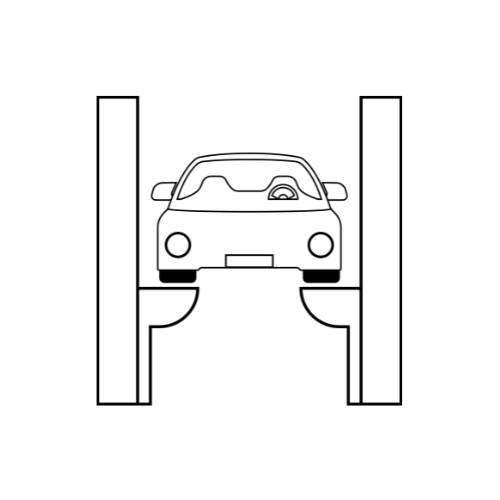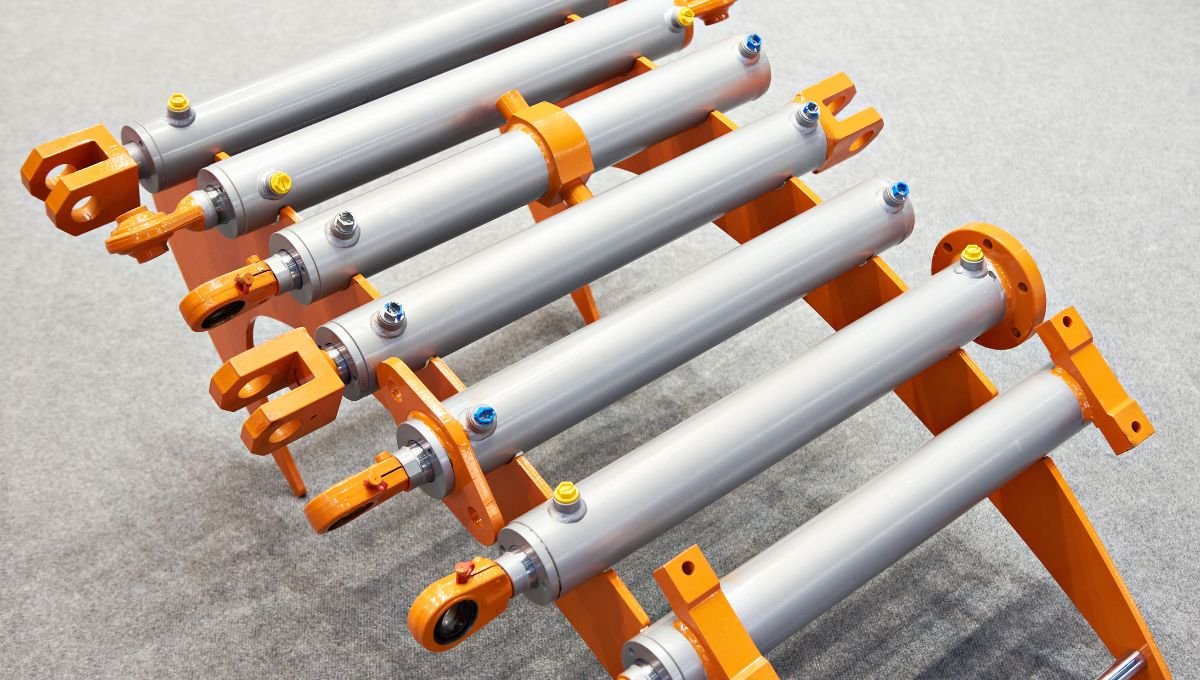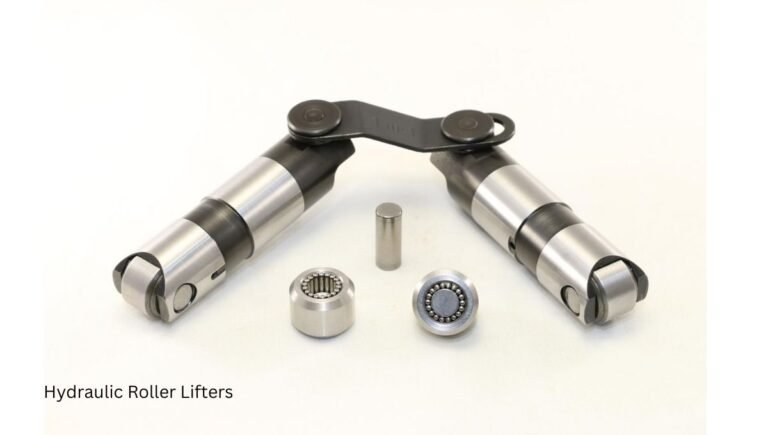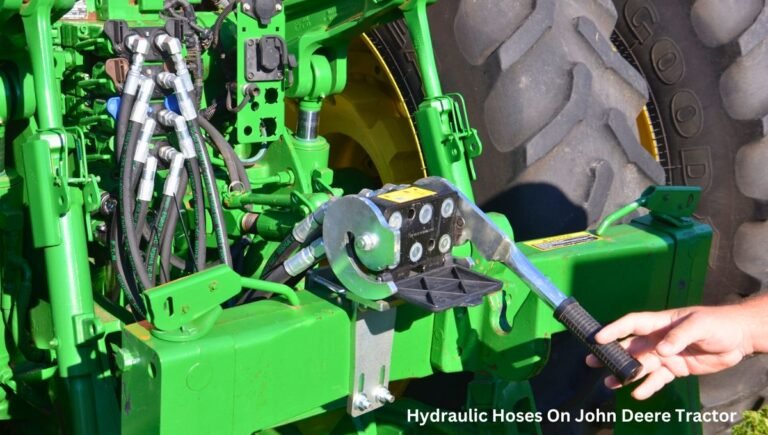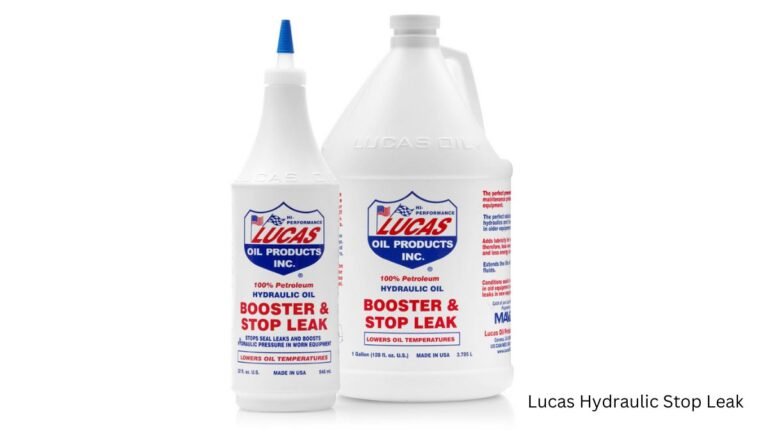How To Disassemble A Hydraulic Cylinder? A Step-by-Step Guide
To disassemble a hydraulic cylinder, first release the hydraulic pressure. Then, remove the cylinder from the machinery.
Hydraulic cylinders play a crucial role in various machinery, converting fluid power into mechanical force. Proper maintenance and occasional disassembly ensure optimal performance and longevity. Disassembling a hydraulic cylinder might seem daunting, but with the right tools and steps, it becomes manageable.
Begin by ensuring the work area is clean and free from contaminants. This prevents dirt from entering the hydraulic system. Always follow safety protocols to avoid injuries. By understanding the basic components and their functions, you can effectively disassemble, inspect, and reassemble a hydraulic cylinder, ensuring your machinery operates smoothly and efficiently.
Hydraulic Cylinder Disassembly
Hydraulic cylinders are crucial for many machines. They help lift, push, and pull heavy loads. Proper disassembly is key to maintaining them. Incorrect disassembly can lead to damage and safety hazards. This guide will walk you through the basic steps.
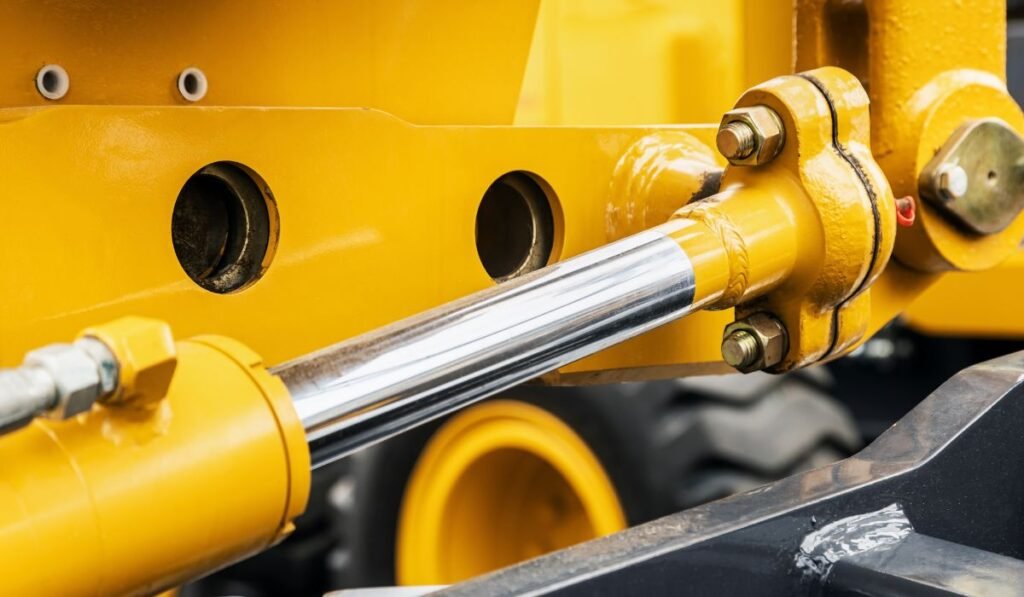
Importance Of Proper Disassembly
Proper disassembly ensures the hydraulic cylinder remains in good shape. It helps in identifying worn-out parts. Proper steps prevent further damage and ensure safety.
| Steps | Reason |
|---|---|
| Clean the Cylinder | Removes dirt and debris |
| Drain Hydraulic Fluid | Prevents spills |
| Remove End Caps | Access internal parts |
| Inspect Seals | Check for wear and tear |
Common Uses Of Hydraulic Cylinders
- Construction equipment like excavators and bulldozers
- Industrial machines for pressing and molding
- Agricultural machinery such as tractors and plows
- Automotive lifts for car repairs
- Marine applications like steering systems
Hydraulic cylinders play a crucial role in many fields. Understanding their use helps in better maintenance and efficient disassembly.
Tools And Materials Required
Before starting to disassemble a hydraulic cylinder, gather all necessary tools and materials. Proper preparation ensures safety and efficiency. Below, you’ll find a detailed list of essential tools and safety equipment.
Having the right tools is crucial for a smooth disassembly process. Ensure you have the following:
- Wrenches: Adjustable and pipe wrenches for various bolts.
- Screwdrivers: Flathead and Phillips for screws and fasteners.
- Socket Set: For removing nuts and bolts of different sizes.
- Hammer: A mallet or small hammer for tapping parts.
- Pliers: Needle-nose and slip-joint pliers for gripping.
- Seal Kit: Replacement seals for reassembly.
- Torque Wrench: To ensure bolts are tightened to specifications.
Safety Equipment For The Task
Safety is paramount when disassembling a hydraulic cylinder. Always wear the following:
- Safety Glasses: Protect your eyes from debris.
- Gloves: Wear durable gloves to protect your hands.
- Work Boots: Steel-toed boots for foot protection.
- Ear Protection: Use earplugs if working in a noisy environment.
- Protective Clothing: Wear long sleeves and pants to protect your skin.
Preparation Steps Before Disassembly
Before disassembling a hydraulic cylinder, proper preparation is crucial. Following these steps helps ensure safety and efficiency. This section covers the key preparation steps you need to take.
A clean work area is essential. Dust and debris can contaminate the hydraulic system.
- Remove any unnecessary tools or materials.
- Ensure good lighting for better visibility.
- Lay down clean mats to place disassembled parts.
A tidy workspace helps prevent accidents and keeps parts organized. It also makes reassembly easier.
Depressurizing The Hydraulic System
Depressurizing the hydraulic system is a vital safety step. Hydraulic systems operate under high pressure.
- Turn off the hydraulic pump.
- Open the bleed valve to release pressure.
- Check pressure gauges to ensure zero pressure.
Depressurizing prevents accidents and ensures safe disassembly. Always wear safety gear during this process.
Removing External Components
Before you can disassemble a hydraulic cylinder, you need to remove the external components. This ensures a smooth and safe disassembly process. Follow these steps to detach the hydraulic lines and unfasten the cylinder mounts.
Detaching The Hydraulic Lines
First, ensure the hydraulic system is de-pressurized. This step is crucial for safety. Now, locate the hydraulic lines connected to the cylinder. Use a wrench to loosen the fittings. Place a container underneath to catch any fluid. Carefully remove the lines from the cylinder. Make sure to cap the ends to prevent contamination.
Unfastening Cylinder Mounts
Next, you need to unfasten the cylinder mounts. Identify the mounting bolts or pins. Use the appropriate tools to loosen and remove these fasteners. If there are any retaining clips, take them out with pliers. Support the cylinder as you remove the last mount. This prevents it from falling and causing injury.
Once the mounts are removed, the cylinder is free. You can now proceed with the internal disassembly.
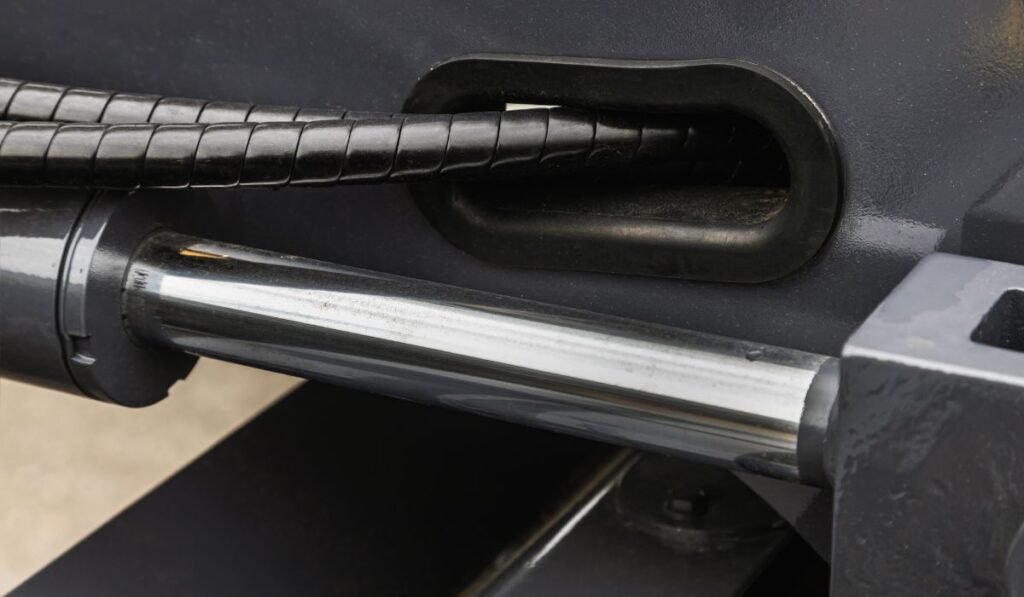
Disassembling The Cylinder Barrel
Disassembling the cylinder barrel is a crucial step in hydraulic cylinder maintenance. This process requires attention to detail. It involves several steps to ensure the cylinder functions properly after reassembly.
Extracting The Piston Rod
Extracting the piston rod begins with ensuring the cylinder is clean. Dirt can cause damage during disassembly. Here is a step-by-step guide:
- Secure the cylinder in a vice or clamp.
- Remove the retaining ring or cap.
- Slowly pull out the piston rod from the barrel.
Use a gentle and steady motion. This prevents damage to the rod and barrel. Ensure you have a firm grip on the rod. Avoid bending or scratching it.
Inspecting The Barrel Interior
Inspecting the barrel interior is vital after removing the piston rod. This step ensures there are no hidden damages. Follow these steps:
- Shine a flashlight inside the barrel.
- Check for scratches, dents, or wear marks.
- Feel the interior surface with your fingers for imperfections.
If you find any damage, note it down. This helps in deciding the next steps for repair or replacement. A clean and smooth barrel ensures the longevity of the hydraulic cylinder.
Ensuring no debris remains inside the barrel is also crucial. Use a clean, lint-free cloth to wipe the interior. This removes any dirt or particles that may affect performance.
Inspecting Piston And Rod Assembly
After disassembling the hydraulic cylinder, the next step is inspecting the piston and rod assembly. This step ensures the hydraulic system operates smoothly. A thorough inspection will identify any issues early.
Checking For Wear And Damage
Inspect the piston and rod for signs of wear or damage. Look for scratches, dents, or cracks. These issues can cause leaks and reduce performance.
- Examine the rod surface for pitting or scoring.
- Check the piston for any visible deformations.
- Ensure there are no bends in the rod.
Use a magnifying glass to spot small cracks or scratches. This step is crucial for ensuring longevity and efficiency.
Measuring Seal Integrity
Next, check the seals for integrity. Seals prevent fluid leakage, ensuring smooth operation.
- Remove the seals from the piston and rod.
- Inspect for tears, cuts, or any deformation.
- Measure the seal’s elasticity and fit.
Replace worn or damaged seals immediately to avoid future issues. Use a caliper to measure seal dimensions accurately. A good seal will fit snugly without gaps.
Seal And O-ring Replacement
Replacing seals and O-rings in a hydraulic cylinder is crucial. This process ensures that the cylinder functions smoothly and prevents leaks. Follow these steps to achieve optimal performance.
Identifying Seal Types
Before replacing seals, you need to identify the correct seal type. Hydraulic cylinders use various seals, including:
- Rod Seals: Prevent fluid leakage.
- Wiper Seals: Keep contaminants out.
- Piston Seals: Ensure internal sealing.
Refer to the cylinder’s manual to identify the seals. It provides specific details about the required seals and O-rings.
Procedures For Seal Replacement
Replacing seals and O-rings involves several steps. Follow these procedures carefully:
- Disassemble the Cylinder: Remove the cylinder from the machine. Open the cylinder carefully. Use appropriate tools to avoid damage.
- Remove Old Seals: Take out the old seals and O-rings. Use a seal pick or similar tool. Be cautious to avoid scratching the cylinder surface.
- Clean Components: Clean all parts thoroughly. Remove any dirt, debris, or old lubricant. This step ensures a good fit for new seals.
- Inspect Components: Check the cylinder for wear or damage. Replace any worn or damaged parts. This ensures long-term functionality.
- Install New Seals: Install new seals and O-rings. Ensure they are positioned correctly. Lubricate the seals to ease installation.
- Reassemble the Cylinder: Put the cylinder back together. Ensure all components fit snugly. Tighten any bolts or fasteners securely.
- Test the Cylinder: Reattach the cylinder to the machine. Test it to ensure proper operation. Check for any signs of leakage.
Following these steps ensures that your hydraulic cylinder operates efficiently. Regular maintenance helps prevent future issues.
Reassembling The Hydraulic Cylinder
Reassembling a hydraulic cylinder requires precision and attention. Proper reassembly ensures that the cylinder functions correctly. Follow these steps to ensure a successful reassembly process.
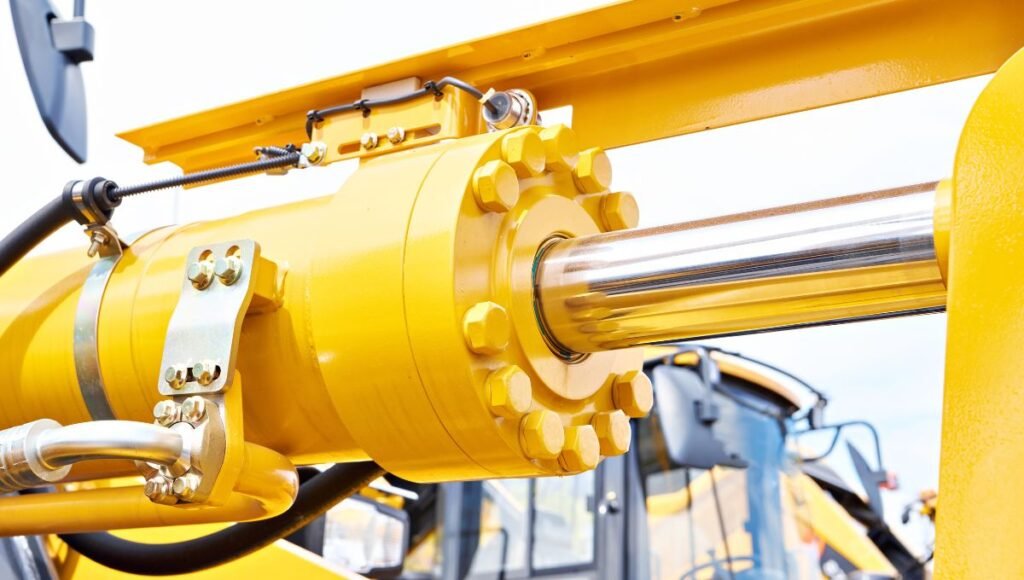
Guidelines For Reassembly
Ensure that all parts are clean and free of debris. Clean parts help prevent damage and ensure smooth operation. Use the following guidelines to reassemble the hydraulic cylinder:
- Inspect Seals and O-Rings: Check for wear and replace if needed.
- Lubricate Components: Apply hydraulic oil to seals and moving parts.
- Align Parts Correctly: Ensure that pistons, rods, and other components are properly aligned.
- Use Proper Tools: Use the right tools to avoid damaging components.
Following these guidelines will help ensure that the hydraulic cylinder is reassembled correctly and functions smoothly.
Testing For Proper Function
After reassembly, it’s essential to test the hydraulic cylinder. Testing ensures that the cylinder operates correctly and identifies any issues early.
- Check for Leaks: Inspect all seals and connections for leaks.
- Test Movement: Extend and retract the cylinder to ensure smooth operation.
- Monitor Pressure: Use a pressure gauge to check for proper pressure levels.
- Verify Alignment: Ensure that the cylinder operates without binding or misalignment.
Testing the hydraulic cylinder is crucial for safety and performance. Ensure that all tests are performed thoroughly to guarantee proper function.
Troubleshooting Common Issues
Disassembling a hydraulic cylinder can be tricky. Common issues often arise during this process. Knowing how to troubleshoot these issues is key. This section will guide you through some common problems.
Leakage Problems
Hydraulic fluid leaks are a frequent issue. They can be detected by oil spots around the cylinder. To fix this, first, check the seals. Worn-out seals cause leaks.
- Inspect the seals for any visible damage.
- Replace any damaged seals immediately.
Next, examine the piston rod. Scratches or dents can cause leakage. If the rod is damaged, replace it. Always use quality seals and rods to prevent future leaks.
Rod Misalignment Solutions
Rod misalignment can cause the cylinder to malfunction. Misaligned rods lead to uneven wear and tear. To solve this, follow these steps:
- Check the rod for straightness.
- If the rod is bent, replace it.
- Ensure the mounting points are aligned properly.
Rod misalignment can also be caused by incorrect installation. Make sure all components are installed correctly. Use proper tools to ensure precise alignment.
| Problem | Solution |
|---|---|
| Hydraulic fluid leaks | Replace damaged seals, inspect piston rod |
| Rod misalignment | Check rod straightness, ensure proper installation |
By addressing these issues, you ensure the smooth operation of your hydraulic cylinder. Regular maintenance and careful inspection are essential.
Maintenance Tips Post-disassembly
After disassembling a hydraulic cylinder, proper maintenance is crucial. This ensures the system runs smoothly and lasts longer. Below are some essential tips to follow.
Regular Maintenance Schedule
Regular maintenance keeps your hydraulic cylinder in good condition. Create a maintenance schedule and stick to it.
- Check for leaks every month.
- Inspect seals and replace worn-out parts.
- Lubricate moving parts regularly.
- Clean the cylinder to remove dirt and debris.
Longevity Practices For Hydraulic Cylinders
Following some longevity practices can extend the life of your hydraulic cylinder. These practices ensure the cylinder operates efficiently.
- Use the right hydraulic fluid.
- Monitor the fluid level and quality.
- Avoid overloading the cylinder.
- Store the cylinder in a dry place.
| Task | Frequency |
|---|---|
| Check for leaks | Monthly |
| Inspect seals | Quarterly |
| Lubricate parts | Monthly |
| Clean cylinder | Monthly |
By following these tips, you can keep your hydraulic cylinder in top shape. Regular maintenance and longevity practices ensure the cylinder works well and lasts longer.
What Tools Are Needed To Disassemble A Hydraulic Cylinder?
You will need a wrench, a screwdriver, and a seal kit. Also, have a clean workspace and safety gear ready.
How Do You Remove A Hydraulic Cylinder Rod?
First, release any pressure and remove the end caps. Then, pull the rod out carefully to avoid damage.
How Do You Inspect Hydraulic Cylinder Seals?
Check for cracks, wear, and deformities. Replace any damaged seals immediately to ensure proper cylinder function.
Can I Disassemble A Hydraulic Cylinder Myself?
Yes, with the right tools and instructions, you can. However, always follow safety guidelines to avoid injury.
Conclusion
Disassembling a hydraulic cylinder requires careful steps and attention to detail. Follow the guidelines to ensure safety and efficiency to disassemble a hydraulic cylinder. Always consult the manufacturer’s manual for specific instructions. Practice makes perfect, so don’t hesitate to learn through experience. Proper maintenance can extend the lifespan of your hydraulic equipment.
